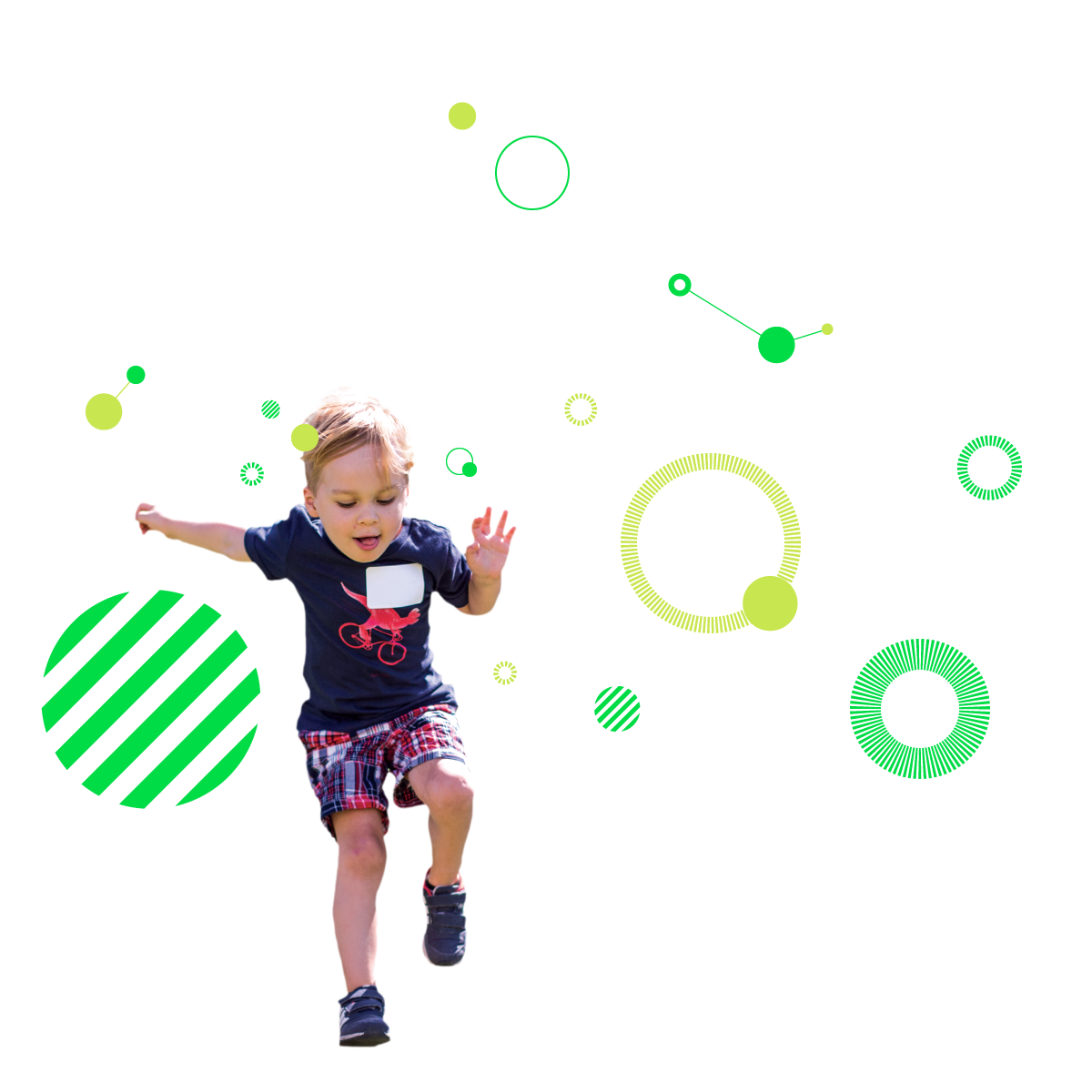 The challenges of parenting engage us daily and can feel overwhelming as we navigate preventive and reactive responses to our children’s life journeys. This challenge becomes particularly critical as we struggle to explain startling acts of violence to our children while simultaneously reassuring them of their safety and well-being, as I know many of us are doing this morning.
The challenges of parenting engage us daily and can feel overwhelming as we navigate preventive and reactive responses to our children’s life journeys. This challenge becomes particularly critical as we struggle to explain startling acts of violence to our children while simultaneously reassuring them of their safety and well-being, as I know many of us are doing this morning.
How lucky we were, then, to receive the timely wisdom of Dr. Tina Payne Bryson, who spoke to parents, middle school students, and faculty last week. While Dr. Bryson’s strategies were not specific to dealing with trauma or violence, her advice and insights are applicable in any situation, and I encourage you to keep them in mind as you work through these difficult conversations with your children.
So many of you—parents and teachers alike—mentioned how much value you found in Dr. Bryson’s presentation. When parents and faculty agree on the merits of a presentation, we can strengthen our mutual support for students using shared language, philosophy, and approaches. Dr. Bryson’s approach is integrative: when our brain, mind, and relationships move toward integration, the system becomes healthier.
To navigate what Dr. Bryson calls the “river of well-being,” we have to steer clear of the banks of “chaos” and “rigidity.” This requires that we are flexible, adaptable, coherent, energized, and stable. Our goal as parents and educators is to help children develop the mid-prefrontal cortex, responsible for high-functioning behaviors such as regulating emotions, decision making, personal insight, empathy, and impulse control. We do this by keeping kids in the “green zone,” the ideal mental and emotional space for learning. When children are hyper-aroused, they are in the “red zone,” and when they are low, depressed, or disconnected, they are in the “blue zone.” As parents, we want to keep ourselves in that proximate green zone of ideal stimulation in order to help our children stay there, too.
With this paradigm of steering a steady course down the “river of well-being,” please keep in mind key takeaways:
- Kids want to do well, and when they can do well, they do—but they often need strategies to help them make the best choices.
- Think “counter-culturally” about discipline as teaching and skill building: be curious about why a child is acting out, and chase the “why.”
- Example: If a child refuses to do homework, ask yourself why this is happening. (Hint: it is not because the child is lazy or does not care.)
- Reinterpret the “problem behavior” as an adaptation and as communication that tells us what your child needs to learn.
- Example, instead of saying, “This child has a discipline problem when it comes to speaking out of turn,” think… “This child needs strategies to help her stop herself from speaking out of turn.” Bonus: this approach also encourages intrinsic motivation.
- When children are in the red or blue zones: connect and redirect. First, lead with empathy and comfort; address behavior later.
- Ask yourself: Is my response to my child’s behavior counterproductive or building skills? Am I keeping myself in the green zone so that I can in turn help keep my child in the green zone?
Relationships produce regulated states for children, and students are better able to make good choices and self-correct when they are in a regulated state. Some strategies for encouraging emotional regulation:
- Use mindfulness as a way to help children pause and reflect on their behavior.
- Teach children the hand model of their brains (see Dr. Payne Bryson’s book The Whole-Brain Child for more information or this helpful article).
- Help them use their bodies to change their minds with breathing and movement when they are stuck in a feeling (emotions start in the body).
- Help kids “name it to tame it” when they are upset about something: state the facts, describe how they felt, and imagine a good ending as a result of the experience.
I have been practicing some of Dr. Bryson’s tips, especially focusing on keeping myself in the “green zone” when my sons argue, and I am seeing improvement in my and their behavior. I hope that Dr. Bryson’s talk equipped you with additional tools and strategies that you can add to your own personal toolbox as we continue to help our children become the best versions of themselves that they can be.
As we look ahead, please save the date for the next guest in our Parent Speaker Series, Elizabeth Denevi, who will be presenting on Diversity = Excellence on Wednesday, January 17 at 8:30 am. Elizabeth is the Associate Director for Mid West Educational Collaborative, a non-profit agency that works with schools nationally to increase equity, promote diversity pedagogy, and implement strategic processes for growth and development. In addition to speaking with parents, Ms. Denevi will also be working with our students, faculty, and staff. I am thrilled to have this opportunity to openly and honestly explore what it means to live in a diverse community like Turning Point School, and I hope you will be able to join us.
Warmly,
Laura
Dr. Laura Konigsberg
Head of School
Photo: Turning Point School was pleased to co-present the Parent Speaker event with our neighbors from Echo Horizon.
From left: Peggy Proctor and Roger Bridges from Echo Horizon School, Dr. Tina Payne Bryson, Dr. Laura Konigsberg and Gaby Akana from Turning Point School.


































